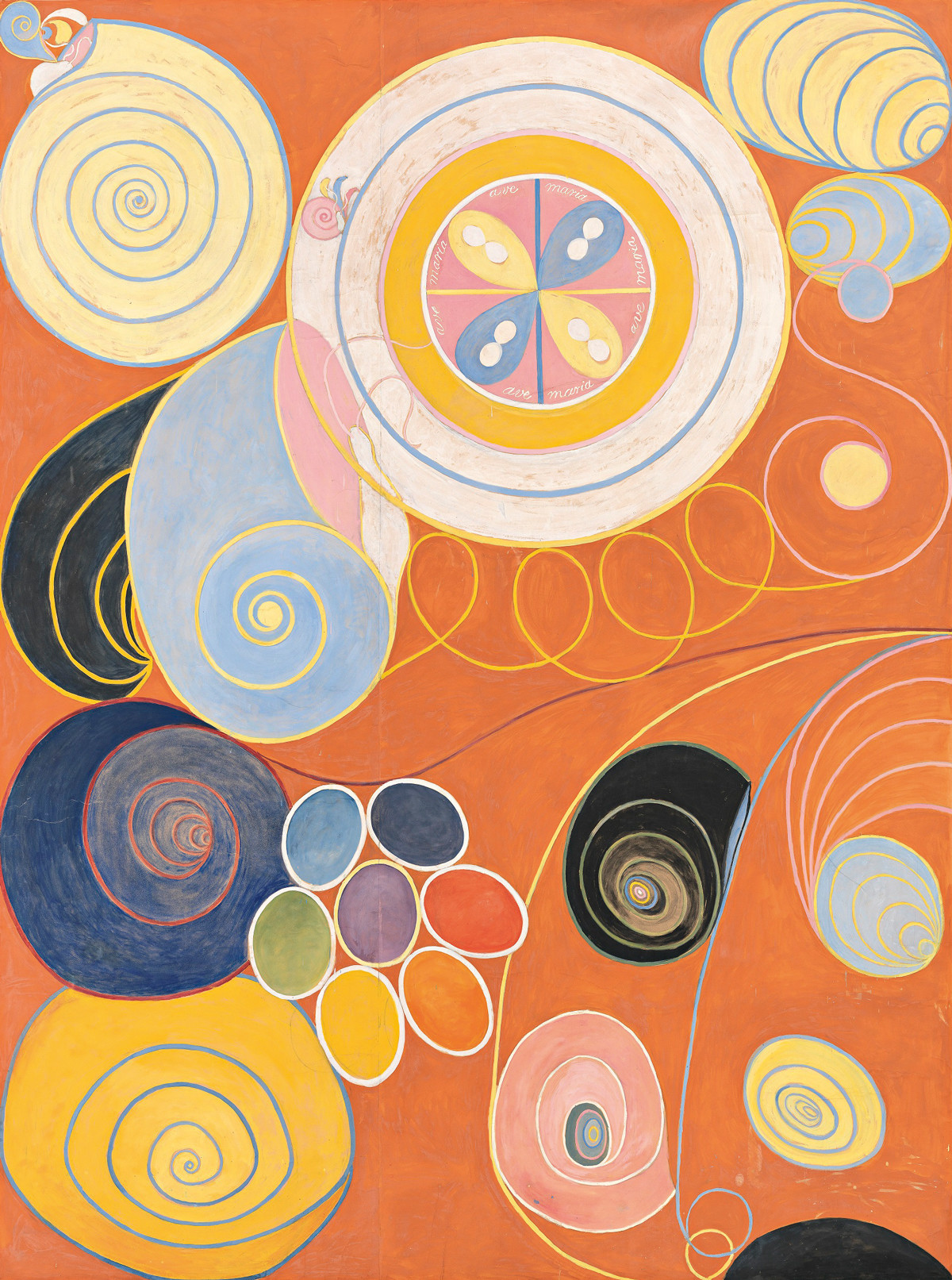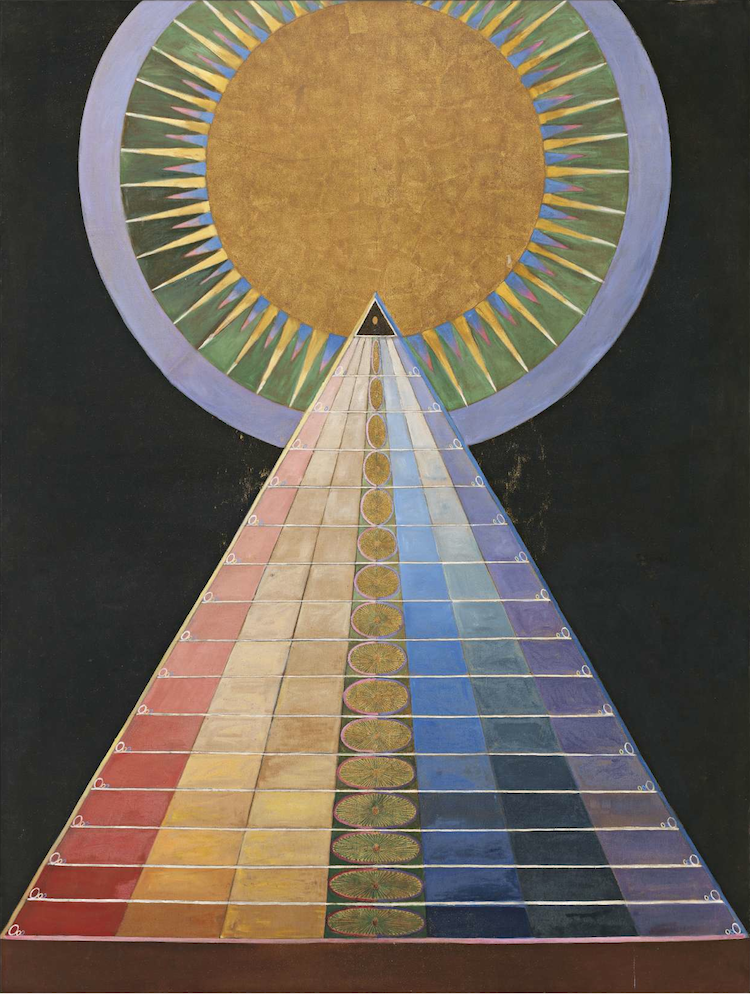If you grew up at a certain time, with a certain melancholic disposition and morbid sense of humor, you grew up listening to the music of the Smiths. Coincidentally, you’re roughly around the same age as the members of Radiohead, who also grew up listening to the Smiths. Ergo, there’s a good chance you’re a fan of Radiohead, a band whose own melancholic, morbid mood draws from the best Alternative bands (as they were called once) of the 80s and 90s, while updating the sound of that mood on every successive album.
On the 20th anniversary of Radiohead’s massive-selling Ok Computer, guitarist Ed O’Brien remembered their humble beginnings in a Rolling Stone oral history, invoking those bands whose records you likely own in hard copy if you fit the profile above:
We started off at the time of the Smiths’ The Queen is Dead, that era. By the end of that period, or the middle of that period, there was the Pixies, Happy Mondays and Stone Roses and all these things. We dipped our toe, not very effectively, in each. But in doing so we came out with a sound. We came up with our thing. And that’s how we got signed.
No matter how far they ended up straying from guitar rock, their early influences have always been an integral part of their creative DNA. On the 10th anniversary of Ok Computer, well into their transformation from alt-rock superstars to experimental electronic band, Radiohead filmed a two-and-a-half-hour webcast, playing old and new songs, taking turns DJing, and covering one of my favorite Smiths’ songs, “The Headmaster Ritual” from 1985’s Meat is Murder.
It’s a track tailor-made for them—a song that “expresses fury at a kind of school life that has been forgotten,” writes Katharine Viner, but which the fiercely anti-authoritarian Thom Yorke remembered well. Years into his successful career, he still smarted from his unpleasant school years.
In interviews, writes Will Self at GQ, he’s often “waxed disconsolately about his discombobulated childhood, the frequent changes of school, and the bullying at those schools because of his paralysed eye.” If you grew up listening to the Smiths, you too may have a personal affinity for “The Headmaster Ritual.”
And you probably also frequently wallowed to Joy Division—a band that, like Radiohead, radically changed musical direction, albeit for a much more tragic reason. After the suicide of lead singer Ian Curtis, Joy Division reformed as New Order, synth-pop superstars and progenitors of acid house. On their first record, Movement, they had a lot of post-punk brooding to get out of their system, with songs like ICB (which stands for “Ian Curtis Buried”) and “Ceremony,” originally a Joy Division song.
Further up, see Radiohead cover “Ceremony,” a song that defines an era—one, coincidentally, in which Radiohead grew up. And maybe you did, too. But chances are, if you grew up listening to Radiohead, you know their influences no matter when you were born.
Related Content:
Radiohead Will Stream Concerts Free Online Until the Pandemic Comes to an End
Radiohead Puts Every Official Album on YouTube, Making Them All Free to Stream
Josh Jones is a writer and musician based in Durham, NC. Follow him at @jdmagness




